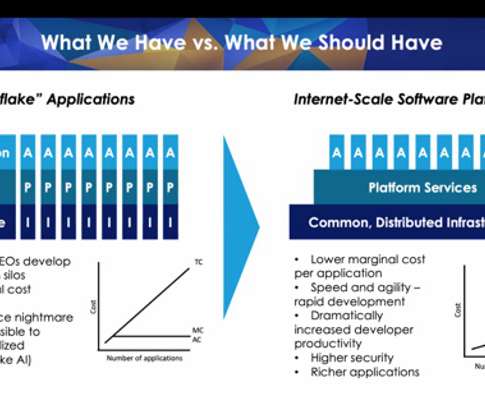Vertical Markets 2: Customer/Market Risk versus Invention Risk.
Steve Blank
MAY 28, 2009
Steve,&# he said, “you’re missing the most interesting part of vertical markets. is whether there is a customer and market for the product as spec’d. For example, complex new semiconductor architectures, (i.e. The real risk in markets like Web 2.0 In these markets it’s all about invention risk.












Let's personalize your content